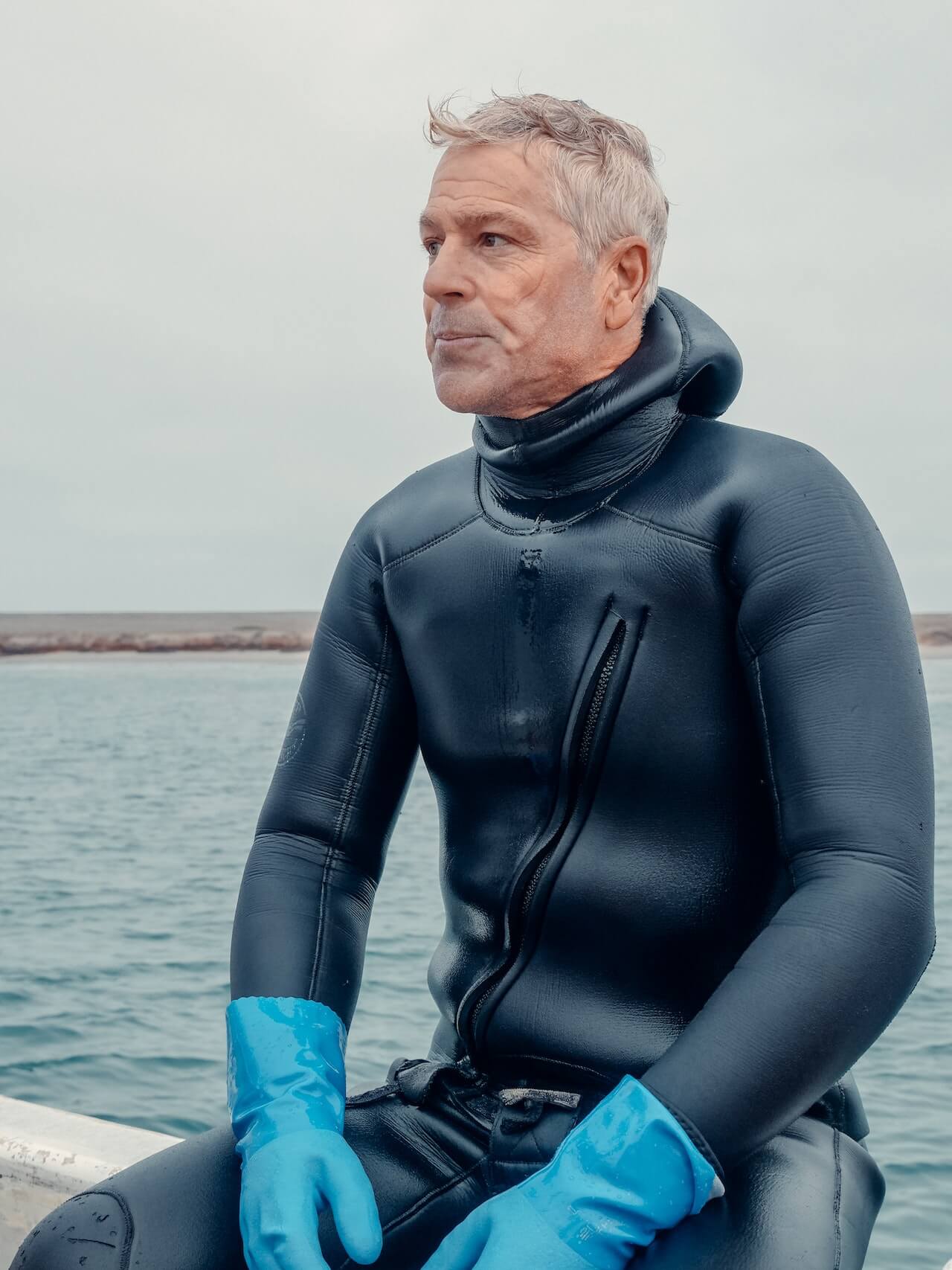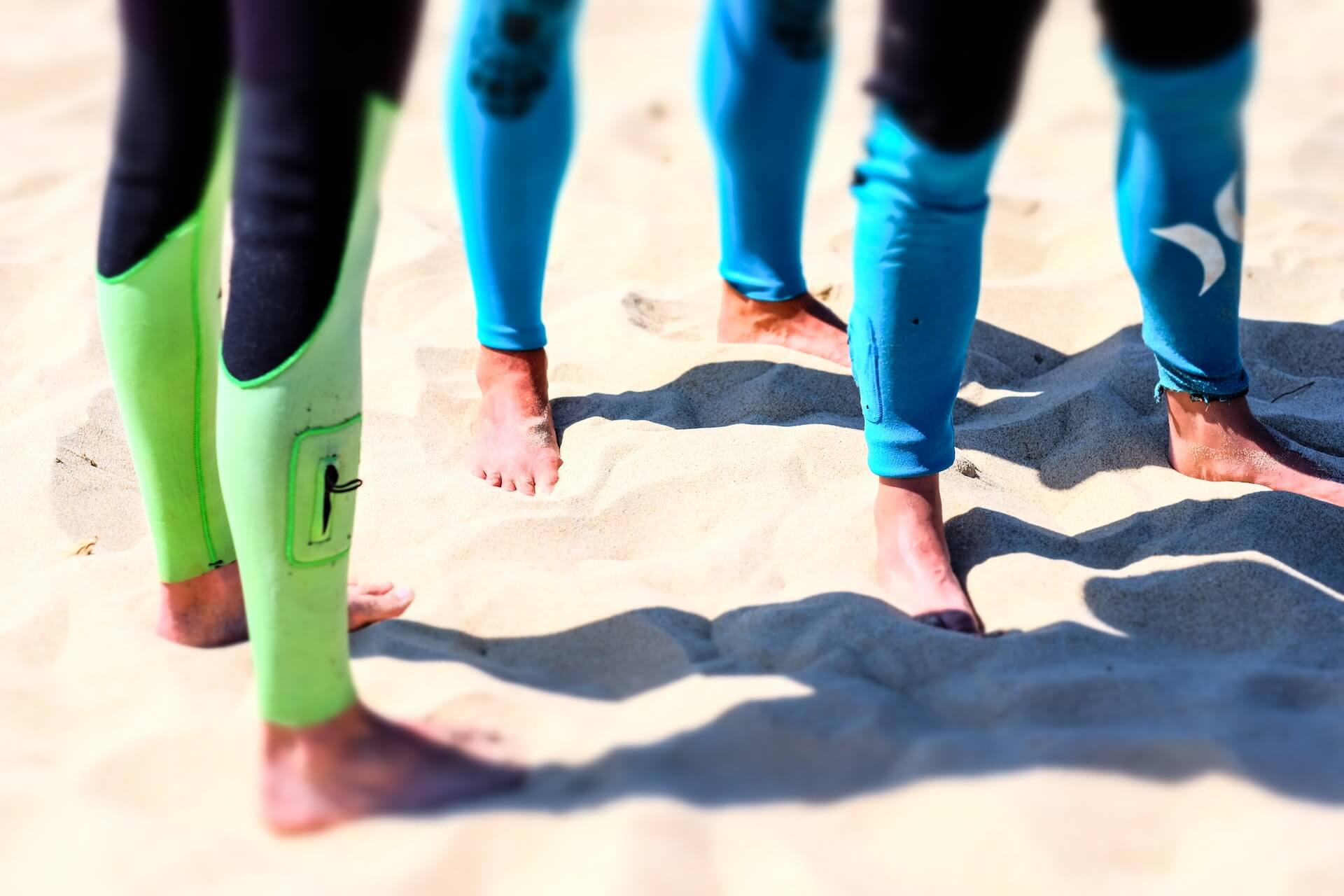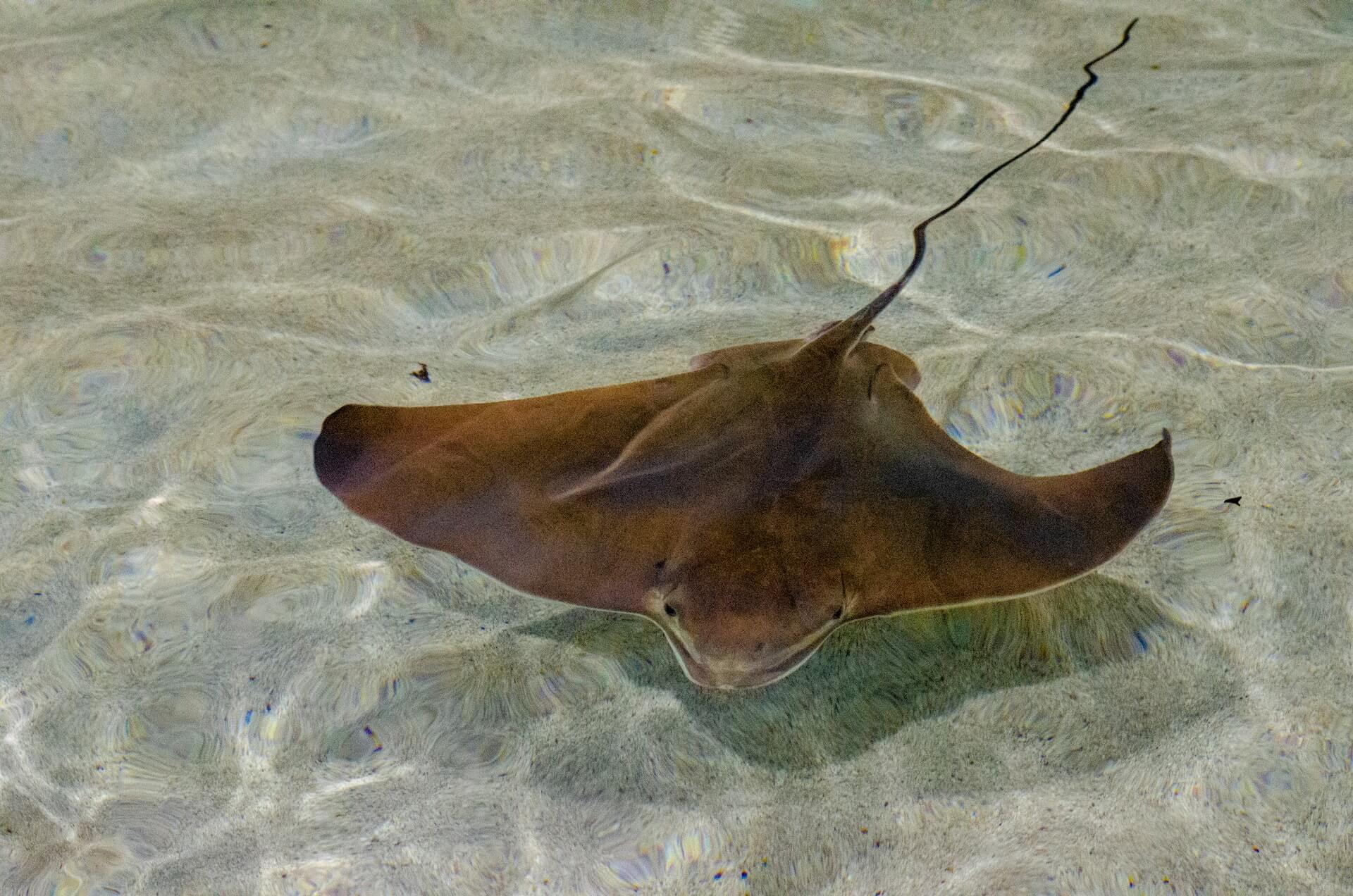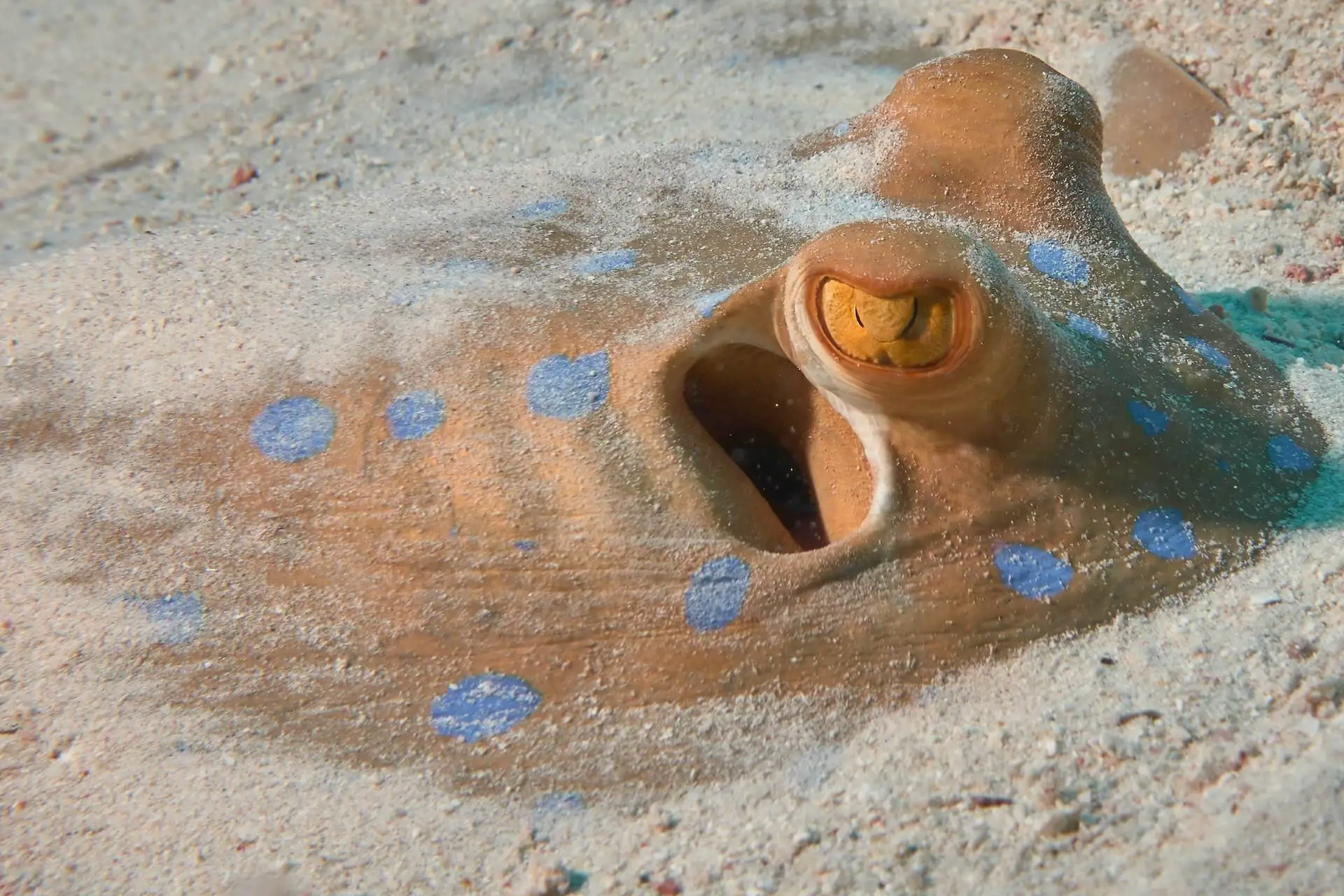Wetsuit durability is a crucial consideration for anyone who loves water sports and underwater activities. As you invest in a good-quality wetsuit, you might be wondering how long it will serve you before it’s time for a replacement. The lifespan of a wetsuit ultimately depends on factors such as the quality of the material, frequency of use, and proper care and maintenance.

A well-maintained scuba wetsuit can last between 2 to 5 years. Surf wetsuits may only last for a season or two before showing signs of wear and tear. To extend your wetsuit’s lifespan, no matter what type it is, make sure to rinse it with fresh water and allow it to dry properly after each use.
Understanding the factors that contribute to a wetsuit’s durability will help you make an informed decision when purchasing one. Moreover, by properly maintaining your wetsuit, you can ensure that it remains a comfortable and reliable companion for your water adventures for years to come. Keep reading on to find out how you can do all of these things.
Factors Affecting Wetsuit Lifespan
Quality and Materials
The quality of your wetsuit plays a significant role in its lifespan. Wetsuits made from high-quality neoprene tend to last longer than those made from cheaper materials. In addition, well-constructed seams, zippers, and reinforced areas will also contribute to the longevity of your wetsuit. So, when choosing a wetsuit, always consider investing in a reputable brand with a history of producing high-quality products.
Fit and Comfort
A proper fit is essential for your wetsuit to work efficiently and to last longer. A wetsuit that’s too tight may cause the neoprene to stretch, leading to premature wear and tear. On the other hand, a loose-fitting wetsuit may not provide the necessary insulation and could fill with water, reducing your efficiency in the water.
Before purchasing a wetsuit, make sure to try it on and ensure that it hugs your body comfortably, allowing for free movement while still providing a snug fit. If you’re buying online, consider sticking with a brand that you have used in the past and know the sizing for, because different brands can have slightly different interpretations of what each size is.
Type of Water Sports
The type of water sports you participate in will also affect your wetsuit’s lifespan. For example, activities like diving, swimming, and surfing require different levels of flexibility and durability in a wetsuit.
Triathlon wetsuits, for instance, are designed to offer flexibility and buoyancy, making them ideal for swimming and sprinting in open water. However, they may not be as durable as wetsuits intended for paddle sports like kayaking. In general, the more intense the activity, the more strain you will put on your wetsuit, and the faster it may wear out.
Surfing wetsuits tend to take a beating and it is not unusual for you to replace one every season or two.
Wetsuit Care and Maintenance
Taking good care of your wetsuit will prolong its life and ensure it continues to perform at its best. In this section, we’ll cover three essential aspects of wetsuit care: cleaning and drying procedures, storage practices, and repairing small damages.
Cleaning and Drying Procedures
Start by rinsing your wetsuit with fresh, cold water after each use. This will help remove salt, chlorine, and other contaminants.
To deep clean it, you can use a gentle wetsuit cleaner product, or simply soak it in a tub with a mild detergent for about 20 minutes. Gently knead the wetsuit to loosen dirt, but avoid scrubbing or twisting the fabric, as this may cause damage. Rinse thoroughly with fresh water.
To dry your wetsuit, place it on a wide, padded hanger, or drape it over a line out of direct sunlight. Make sure it is inside out, to prevent sun damage, and allow it to air dry completely. Do not use a dryer or other heat source, as this may damage the neoprene material.
Storage Practices
Storing your wetsuit properly is key to preserving its shape, flexibility, and overall condition. When not in use, your wetsuit should be stored on a wide, padded hanger in a cool, dry place. Avoid folding or creasing the wetsuit, which may lead to damages or deformation.
It’s also important to keep your wetsuit away from direct sunlight, heat sources, and sharp objects that could puncture or tear the material.
Repairing Small Damages
Even with careful use, there may be instances where your wetsuit might sustain small damages, such as minor tears or holes. You can repair these damages to extend the life of your wetsuit.
Small tears can be fixed with specialized wetsuit glue, which is designed to provide a flexible, watertight seal. Apply the glue to both edges of the tear, press them together, and let it cure according to the manufacturer’s instructions.
For larger tears or punctures, you may need to use a neoprene patch or consult a professional wetsuit repair service. Always inspect your wetsuit thoroughly after each use to identify and address potential issues promptly, while the damage is only minor.
Signs It’s Time to Replace Your Wetsuit
Decreased Performance
If you notice that your wetsuit isn’t keeping you as warm as it used to, it could be a sign that it’s time for a replacement. Remember, the main function of a wetsuit is to keep you insulated in cold water.
In some cases, wetsuits can become less effective due to wear and tear, or the neoprene becoming overly stretched or thinner. This can result in a decrease in performance and a reduced ability to retain warmth.
Persistent Odor
A persistent smell, despite proper cleaning and care, may be an indication that it’s time to invest in a new wetsuit. A wetsuit’s material can develop a strong odor over time from a buildup of bacteria, especially if it’s not properly rinsed after each use.
If the smell doesn’t improve even after thorough cleaning, this could be a sign that the material has deteriorated and it’s time to replace your wetsuit.
Damaged Seams and Zippers
Inspect your wetsuit for damages such as holes, cuts, and tears, or broken and cracked seams. These issues can lead to wetsuit problems such as water seeping in, resulting in a decrease in the suit’s overall warmth.
Additionally, check the zippers for any malfunctioning or broken components. Wetsuits with lower-quality zippers may only last a season or two before they start to malfunction. If you find that your wetsuit has damaged seams or zippers that can’t be repaired, it’s time to consider purchasing a new one.
Wetsuit Care Do’s and Don’ts
Do
- Rinse your wetsuit with fresh cold water after each use. Take a shower with your wetsuit or soak it in a big tub or bathtub at home. This helps to remove salt, sand, and other debris that can damage the material over time. Freshwater also helps to increase the lifespan of your wetsuit.
- Hang your wetsuit to dry in a well-ventilated area, away from direct sunlight, which can cause the material to lose its flexibility and degrade over time. Always hang your wetsuit inside-out to speed up the drying process and protect the exterior surface.
- Store your wetsuit properly when it is not in use. Lay it flat or hang it on a wide hanger that spreads the pressure evenly across the shoulders, avoiding creases and deformation.
- Use a wetsuit cleaner/conditioner when needed, to help remove stubborn dirt and oils and keep the neoprene in good condition.
Don’t
- Don’t use hot water to clean your wetsuit, as it can break down the neoprene and cause it to lose its flexibility.
- Don’t use harsh chemicals such as bleach, as they can weaken the wetsuit’s material and seams, leading to decreased durability. Stick to using a mild, wetsuit-specific cleaner when necessary.
- Don’t machine wash, tumble dry, or iron your wetsuit, as these processes can damage the neoprene material and seams.
- Don’t leave your wetsuit in direct sunlight for extended periods, as UV rays can lead to fading and loss of flexibility.
- Don’t store your wetsuit in a damp or confined space, as this can encourage the growth of mold and mildew, which can lead to unpleasant odors and damage to the material.
Following these care tips can help to extend the lifespan of your wetsuit, ensuring you get the maximum lifespan out of your wetsuit, though that exact number depends on the quality of the wetsuit and how often it is used.
Frequently Asked Questions
When should a wetsuit be replaced?
A wetsuit should be replaced when it loses elasticity, starts to leak, or has significant damage. High-performance surfing wetsuits typically last up to one year if used almost every day, while good quality scuba wetsuits can last 2 to 5 years.
Do wetsuits deteriorate if unused?
Wetsuits may deteriorate over time even if unused, due to factors like exposure to sunlight or heat. Proper storage, such as hanging the suit in a cool, dark place, can help extend its life.
What is the lifespan of a scuba wetsuit?
The lifespan of a scuba wetsuit depends on factors like quality, usage, and care. A good wetsuit from a quality manufacturer can last 4 to 10 years or more. Proper maintenance and storage play a vital role in ensuring your scuba wetsuit lasts longer.
How long can a triathlon wetsuit last?
A triathlon wetsuit can last for several years with proper care and usage. The exact lifespan depends on the quality of the wetsuit and how often you use it for training and competitions.
What are the signs of a worn-out wetsuit?
Signs of a worn-out wetsuit include loss of elasticity, leaks or holes, damaged seams, and peeling or faded materials. If your wetsuit doesn’t provide adequate warmth, insulation, or flexibility, it may be time to replace it.
How often should you clean a wetsuit?
Cleaning your wetsuit after every use is essential to maintain its durability and longevity. Rinse it thoroughly with fresh water, and occasionally use a wetsuit cleaner to remove salt, sand, and other contaminants. Keep it away from harsh chemical cleaners to avoid damaging the material.
Sources:







